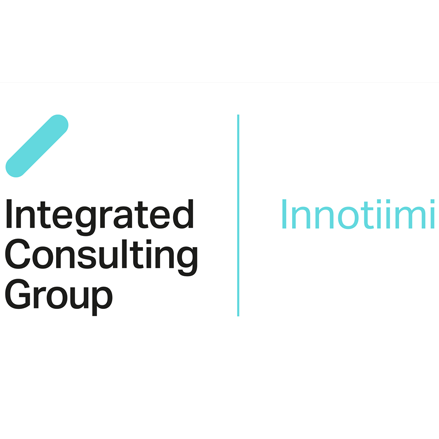
…better than your competitors do!
Foresighting is a systematic process of collecting information (related to megatrends, trends or weak signals), analyzing facts and making conclusions about needed actions that are actually purposeful – the future outcomes can be influenced by the decisions and choices the organization makes in the present. Indeed, the best way to beat the competitors is to make a false start – to begin the development far before they even realize the need for it.
 Clear the future by following the F-O-R-E-S-I-G-H-T principles!
Clear the future by following the F-O-R-E-S-I-G-H-T principles!
Dealing with the future can be a messy process. No one knows what’s coming but there are plenty of hints and clues available to make it much more understandable. By remembering a handful of principles, the organization can create an efficient approach to anticipating the future.
Forward-looking attitude
A foresight process may suffer from irrational thinking if we cannot explore the future open-mindedly. There is a danger that we ignore information if it conflicts with our mental models and if we anchor our estimates only on data from the past and deny a need for change. A good foresight approach is equipped with tools that help the organization create a forward-looking attitude and overcome typical cognitive traps.
Organization-wide approach
When the organization wants to understand the future, it needs to collect and analyze a considerable amount of data. This means it must broadly harness employees to collect relevant information and utilize experts when analyzing it. Foresighting is an organization-wide activity by nature since it connects different units – all the functions should have a great interest to foresee what the business environment will look like in the future. Innovative and forward looking organizations have created simple and efficient practices to collect and store relevant future-oriented information (e.g. customer behavior, technology trends).
Reserve resources
Foresight processes are too often done superficially. An organization starts a process but is then unable to dig deeper into the phenomena (like individual trends) to get meaningful insights due to lack of time and resources. If the organization wants to understand the future properly, it should reserve enough necessary resources for doing so.
Expertise and intuition
The best experts are needed to create an accurate and convincing description of the future business environment. However, there is also room for intuition in a good foresight process. Experts should be encouraged to explore their intuitive hunches and ideas. They should get any support that helps them imagine the future. This is where innovation and foresight meet.
Check the rest of the FORESIGHT principles!


 Clear the future by following the F-O-R-E-S-I-G-H-T principles!
Clear the future by following the F-O-R-E-S-I-G-H-T principles!

